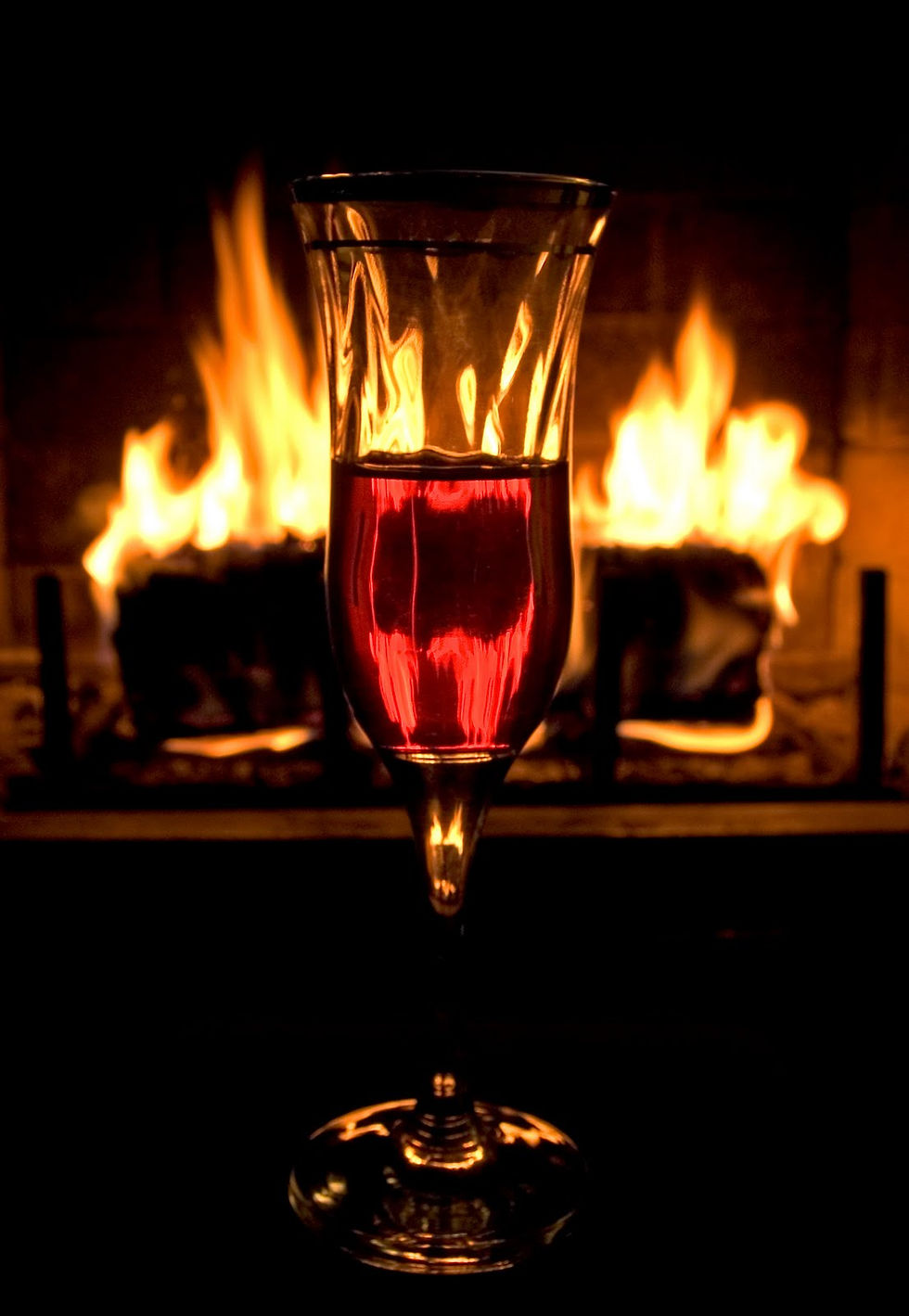
A MEMORY — It was May 8th, 2004. The first look at the plein air paintings of the Sea to Shining Sea Exhibition at the Haggin Museum leaves one speechless. Only with closer inspection does one begin to take note of the process of each painter and how this collection is a melting pot of distinguished flavors: some loose and painterly, others tight and realistic; some modern, some classical. Some were complex with color, yet others quite tonalistic. But all characteristic in their own way, with a unique vision- depicting scenes of individual relevance with their own regional style of painting. Here we have a seamless blend of the talent and mastery from across the nation that has undoubtedly made this exhibition a success. Behind each painting should be a label: “Warning, not suitable for pre-fab homes, office cubicles or rooms at Motel 6. Hangs equally well on a neutral white wall or one painted with Ralph Lauren Suede Finish.”
I had arrived Stockton earlier that day with my studio-mate, Camille Przewodek. She had been graciously introducing me to those I hadn’t had the opportunity of meeting until now. These introductions continued throughout the afternoon and into the evening. And in the occasional lapses away from my trusted side-kick, I had intrepidly introduced myself to such well-knowns as Albert Handell and Clyde Aspevig, using my safe, quiet demeanor, while anonymously calling myself, “Carole” (only later to reveal myself as a devoted plein air student). I would receive some brilliant reply such as, “aren’t we all”, and finally I would add, “Oh yes, can I take your picture for Plein Air Magazine?”
The day started before the sun. Camille and I reached downtown Stockton at around 8:30 am, just in time to mingle with a few painters prior to their setting up easels for a three-hour paint-out. As we took a few minutes to sip on our much-needed espressos, I noticed how Stockton is beginning to stick out like a colorful thumb. The architecture surrounding the newly revitalized downtown was structurally varied and full of color.
It certainly must have inspired John Budicin when he chose to paint the beautiful Hotel Stockton and a row of buildings fronted by spirally palm trees from the waterway; and Kenn Backhaus, Marika Wolfe and Phil Sandusky, as they painted the majestic fountain and the commanding architecture that surrounded them. Charles Waldman even painted standing in the center divide along Weber Avenue! On the other end of the spectrum, Jean LeGassick, John Cosby, Joe Paquet, Nancy Bush and Michael Godfrey chose to paint the heap of rusting corrugated steel buildings lining the waterway.
Among the other painters we saw painting along the levee were Billyo O'Donnell, Eric Michaels, Gil Dellinger, Glenna Hartmann, Peter Adams, and Ron Rencher. Clark Mitchell stayed close by in the square. Jason Bouldin painted the palms from a shady locale on a side street. And Bill Hook painted near Weber Point not far from Lucinda Kasser. At noon, the artists gathered in the square to display their works and offer them for sale to the public. That’s when I noticed Mary Whyte’s charming little watercolor that she produced in front of the bus station. “Where’s the bus station?” I asked myself. Okay, so some painters go a bit off the beaten path during these paint-outs, so I’m sure I missed a couple of them.
Many of the paintings created in this nine-to-noon time slot, with their deceptive simplicity, expressed the painter’s keen eye for the interesting shapes of the Stockton scape — many comprising the fewest brush strokes — that provide depth, texture and color. Among the several that didn’t paint, some showed up for the sake of camaraderie. I noticed that among them were Matt Smith, Skip Whitcomb, Clyde Aspevig and Carol Guzman, who came to see what works were created among their peers. Ray Roberts made an appearance before the paint-out and he and wife, Peggi Kroll Roberts, met up with everyone later at the opening.

That night at the Haggin, the painters at the opening displayed their own outward uniqueness much like the paintings themselves. From rugged to refined, casual to dressy, subtle to bold, they blurred the lines of categorization. While waiting for Peter Adams to finish signing my copy of From Sea to Shining Sea: A Reflection of America, I mused that about the same time people stopped trying to make me dress better, listen to good music and drink something other than domestic beer, I found that I actually liked Vivaldi, fine wine, and wearing satin. This was an occasion that myself, the painters, guests, and collectors could cozy up to, for at the Haggin Museum this fine spring evening, the only thing missing was Vivaldi himself.
Among those that I didn’t mention but participated in this exhibition are: Christopher Blossom, Scott Burdick, Marcia Burtt, William Davis, Donald Demers, M. Stephen Doherty, Gregory Hull, Wilson Hurley, William Scott Jennings, T. Allen Lawson, Denise Lisiecki, Kevin Macpherson, Joseph McGurl, Ned Mueller, Ralph Oberg, Peggy Root, George Strickland, Karen Vernon, and Curt Walters.








